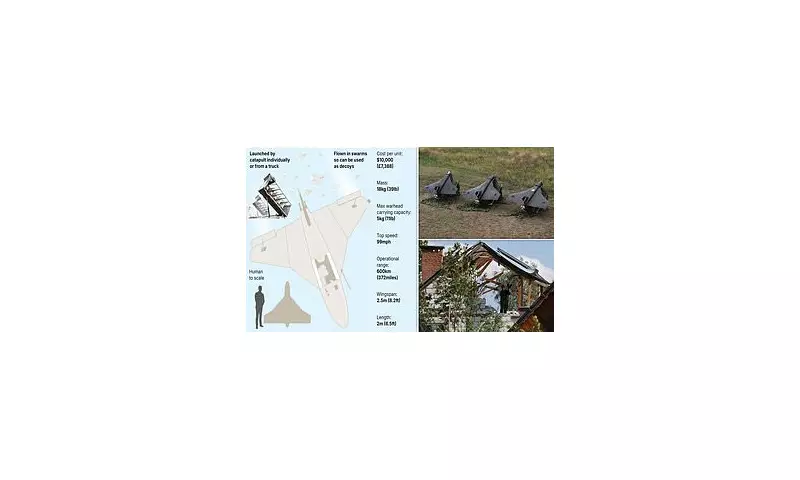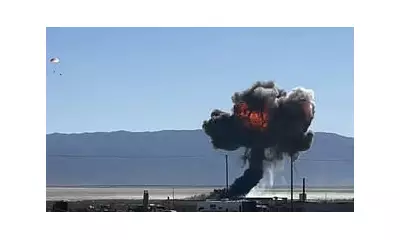
In the shadowy laboratories of Russia's military-industrial complex, a new generation of unmanned aerial vehicles is emerging that could dramatically alter the balance of power in Ukraine. The 'Italmas' – a lightweight, devastatingly effective drone that represents the beating heart of Vladimir Putin's evolving war machine.
The £18,000 Game-Changer
With a price tag of approximately £18,000 – less than many family cars – these Iranian-designed drones offer frightening capability for their cost. Capable of striking targets up to 400 miles away at speeds approaching 99mph, the Italmas provides Moscow with an economical yet highly destructive weapon that is overwhelming Ukrainian defences.
Evolution of the Lancet
Military analysts confirm the Italmas represents a significant evolution of the feared Lancet drone, which has already demonstrated deadly effectiveness against Ukrainian armour and artillery systems. The new variant boasts enhanced range, improved payload capacity, and more sophisticated targeting systems.
Technical Specifications That Alarm NATO
- Range: 400 miles – putting most of Ukraine within reach
- Speed: 99mph – faster than many conventional drones
- Cost: Approximately £18,000 per unit
- Payload: Enhanced explosive capacity compared to previous models
The Production Advantage
Western intelligence sources indicate Russia is rapidly scaling production of these systems, potentially manufacturing thousands monthly. This industrial capacity – coupled with the drones' low cost – creates a sustainable offensive capability that contrasts sharply with Ukraine's more expensive Western-supplied defence systems.
Strategic Implications
The proliferation of these drones represents a strategic shift in the conflict. Russia can now conduct deep strikes against critical infrastructure and military targets with relatively inexpensive systems, forcing Ukraine to expend valuable and costly air defence resources on countering threats that are economically favourable to Moscow.
The Asymmetric Warfare Calculus
This development highlights the evolving nature of modern warfare, where inexpensive technology can challenge sophisticated and expensive defence systems. The economic calculus of using £18,000 drones to force the expenditure of million-pound air defence missiles creates unsustainable pressure on Ukrainian resources.
Western Response
NATO officials are increasingly concerned about the strategic implications of Russia's drone programme. The alliance is urgently developing countermeasures and exploring ways to enhance Ukraine's electronic warfare capabilities to neutralise this growing threat.
The emergence of the Italmas drone underscores a harsh reality in modern conflict: sometimes the most significant threats come not in multi-million pound packages, but in small, inexpensive, and rapidly produced systems that can overwhelm traditional defences through sheer numbers and economic efficiency.





